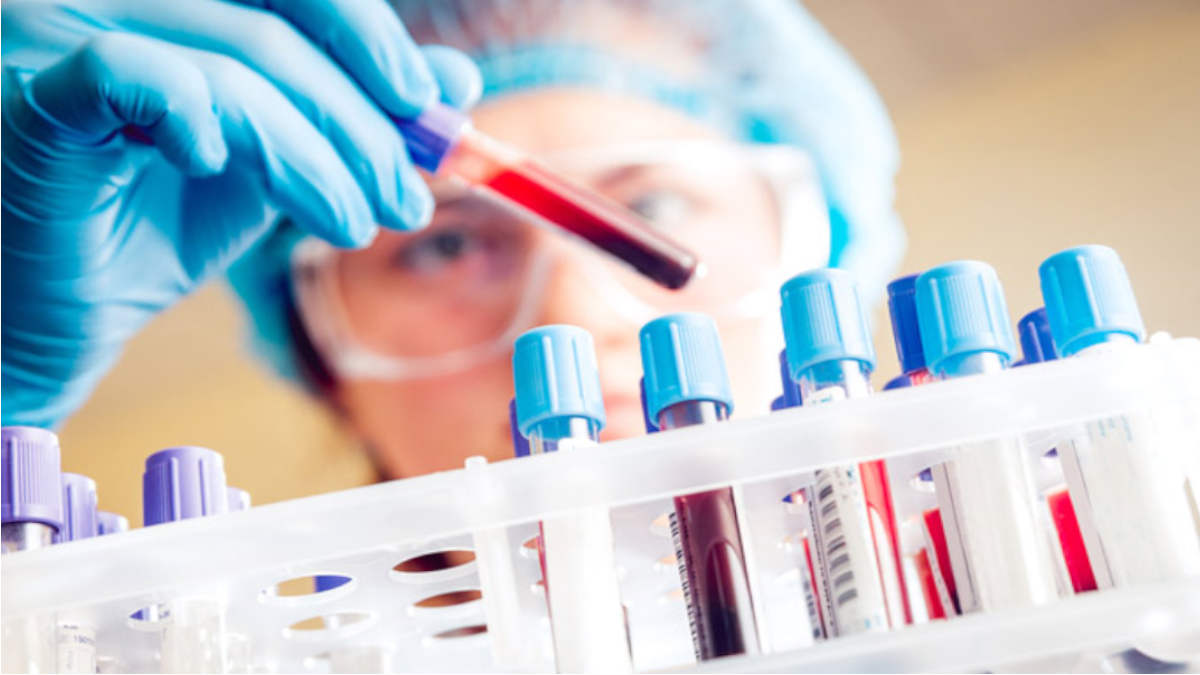COVID 19 : Saliva test to control risk of outspread.
Jibin Baby (Author) Published Date : Oct 01, 2020 12:47 ISTHealth News
They are increasing COVID cases globally, leads to a hectic situation among people. At this stage, tests to discover infection and vaccine production are underway in the laboratories. A research done by Hokkaido University in Japan reveals that saliva tests can detect asymptomatic corona exposure.
Medical staffs are exposed to the risk of COVID-19, placing themselves, their families, and their patients at risk. They are either infected or revealed to SARS-CoV-2 while testing or treating infected patients. The regular examination for COVID-19 was RT-PCR of a nasopharyngeal swab, it boosts the risk of spread to the testing staff and discomfort for the patient. A new study proposes saliva testing could be used to diagnose asymptomatic corona infection without risk.
They suggest that the results give a good sign that mass screening using self-collected saliva and fast RT-LAMP testing could implement painless, non-invasive, accurate, and quick results, with the least risk of viral transmission to Medical workers. Swabbing requires qualified medical staff to collect each sample and volunteering chance of infection themselves. But giving a saliva sample is not complicated, more like walking into a booth and spitting in a cup.
The study, published in the journal Medical Infectious Diseases, examined and compared nasopharyngeal swabs and saliva samples from 2,000 people in Japan who do not have symptoms of COVID. Takanori Teshima from Hokkaido University in Japan, said: "It is essential to identify asymptomatic victims swiftly to limit the spread of corona within communities and hospitals".
Originally, Two different tests were performed to examine the samples, one is a Generally available PCR test, and another is a fast and portable RT-Lamp test. The number of positive and negative results was very similar in all samples, Nasopharyngeal swabs detected 77-93 percent, and saliva samples were able to detect 83-97 percent of infections.
The researchers said the two tests could identify approximately 99.9 percent of those who were not infected. The viruses found in the nasopharyngeal swabs and saliva are alike and are correlated to each other. PCR sensitivity was much higher than previously assumed in 70% of patients with initial symptomatic data.
Teshima exhibited the results of the research on 1,924 asymptomatic individuals this week. It was one of the most extensive studies to directly compare saliva tests and the nasal swab tests for reliability. Volunteers were asked to spit into a cup and the established nasal swab procedure at clinics and airports.
Both nasopharyngeal and salivary specimens were susceptible and unique to SARS-COV-2, the nasopharyngeal swabs used in saliva testing had significant logistical advantages over the test.




